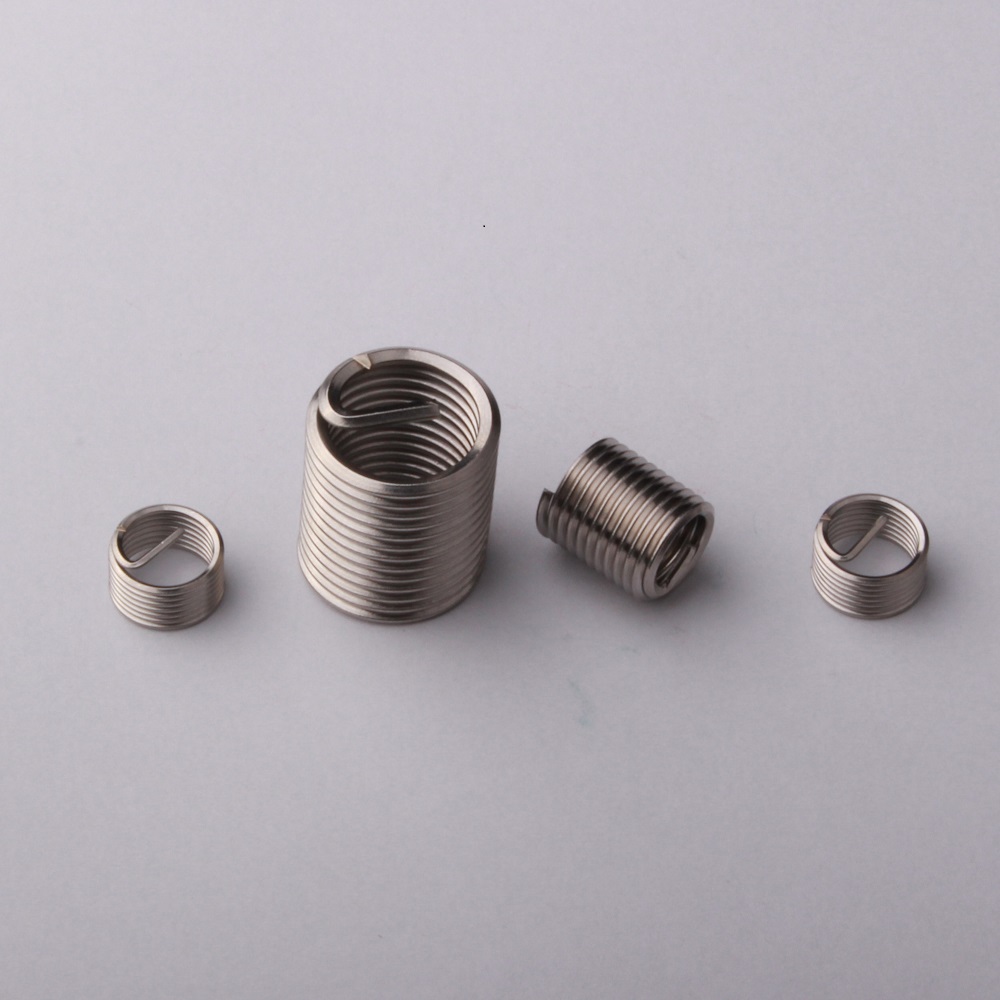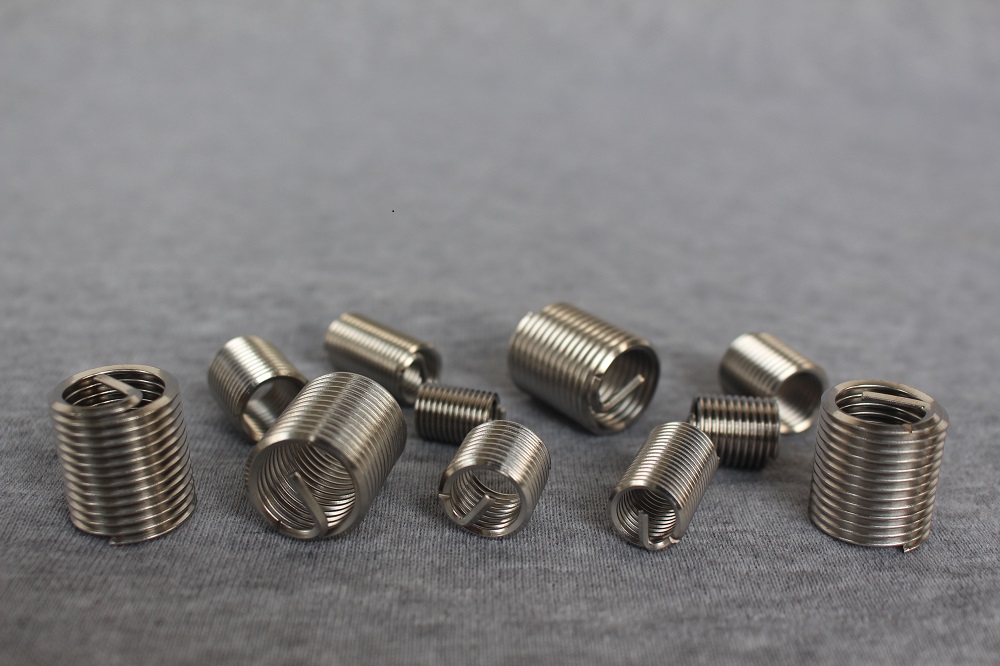This summer, the heat wave swept the world, and the temperature was almost the highest in history. There is growing evidence that extreme heat, floods and droughts are related to global warming, and carbon emissions are considered the culprit. PM2.5 reminds people in the high prices of large and medium-sized cities in China that the carrying of the environment has reached its limit, and the new energy revolution cannot be delayed! The non-renewability of traditional energy sources such as coal and oil determines that its development is unsustainable. The economic development mode at the expense of the environment must be changed. New energy with environmental protection and renewable characteristics is getting more and more attention from all countries. New energy generally refers to renewable energy that is developed and utilized on the basis of new technologies, including solar energy, biomass energy, hydro energy, wind energy, geothermal energy, wave energy, ocean current energy, nuclear fusion energy and tidal energy, and ocean surface and Thermal cycling between the deep layers.
In addition, there are hydrogen energy, biogas, alcohol, methanol, and the like. From the perspective of national strategy, with the continuous discovery of fossil energy and the advancement of mining technology, its cost will still have a competitive advantage over other zero-carbon energy sources in the next few decades. However, if we give appropriate subsidies to new energy sources from the perspective of environmental protection and national energy security strategy, it will accelerate its development. In the coming decades, the demand for cost-effective renewable energy will increase globally, and the efficiency of human use of renewable energy will continue to increase, and its cost will become more competitive. Solar energy and wind energy are currently the most mature new energy fields, and bioenergy is a relatively ideal new energy source. It is estimated that the annual solar energy radiated to the earth is 1.78 billion kilowatts, of which 500 to 100 billion degrees can be exploited. The potential of the world's wind energy is about 350 billion kilowatts. Because of the intermittent dispersion of wind power, it is difficult to use it economically. If there is a major improvement in energy storage technology in the future, wind power utilization will increase. But wind energy needs to occupy land, and there are concerns about ecosystem damage. Biomass energy is also an ideal way, but there are still many aspects that are not satisfactory, and there are threats to food security. Other additives need to be extracted from petroleum.
The dispersion of solar photovoltaic power generation and the large difference between peak and valley lead to unstable power generation. This problem has been solved in Europe. The peak value of solar power generation in Bavaria, Germany is 30%~50%. Germany is also the country with the largest solar photovoltaic power generation in the world. However, the European model is difficult to replicate to China. The standard of Chinese houses and the proportion of low-density dwellings are hard to compare with Europe. It is necessary to embark on a path that suits their national conditions. For example, a solar photovoltaic power station can be built on the roof of a large industrial park, and the electric energy can be directly digested in the industrial area to avoid the problem of electric transmission loss during the peak period. China's solar photovoltaic power generation accounts for less than 1% of total power generation. If it is increased to 10%, according to a set of equipment operation for 20 years, the current power generation cost is sixty-seven cents, higher than industrial electricity, if plus country Policy subsidies can achieve faster development. At present, there are mainly problems of interest distribution. How to break the vested interests of state-owned thermal power plants and power groups is a difficult problem. As the most competitive industry in the international new energy field, China's solar photovoltaic industry also has problems such as product structure, market structure and unreasonable technical structure. Therefore, it has emerged under various factors at home and abroad. The industry is at a low point, and many solar energy companies have closed down or even closed down. The product structure is unreasonable. The high-end raw materials and equipment testing equipment manufacturing enterprises are small in scale and small in quantity. Most of the testing equipments rely on imports, and the low-end solar cell and module production capacity accounts for 60% of the world. The market structure is unreasonable. China is a big country in the world's photovoltaic industry, but domestic consumption is less than 10%. The total installed capacity of domestic photovoltaic power generation accounts for only 1% of the total installed capacity in the world. The products are heavily dependent on exports. The technical structure is unreasonable.
China's most advantageous are the battery chip and component technology, as well as the development of other emerging batteries, but the equipment technology and raw material technology are not really mastered. Due to the process problems, they are basically controlled in the hands of developed countries. From the technical route of solar photovoltaic, 60%~70% is single-polysilicon material power generation. At present, its conversion rate is about 18%, and the average speed is increased by 0.25% per year. However, if the increase to 20% will reach the limit, composite technology must be realized, and the problem that the cost will increase substantially needs to be solved urgently. Jingao is the leader in this technology route, and its conversion rate has always been the industry leader. In addition to its core technology of solar photovoltaic cells, Jingao has benefited from its diversified market strategy. In the context of the EU “double-reverse†survey, the European market share has dropped from 40% to less than 30%. And the products sold to the Asia Pacific region have exceeded 50%, of which the domestic market has also exceeded 20%. Japan, Australia, Iran, Israel, and Morocco have been pioneering emerging markets.
Free Running Insert is a spring-like internal and external thread concentric body precisely machined with high-strength, high-precision, smooth-surfaced cold-rolled diamond-shaped stainless steel wire. It is mainly used to strengthen and protect the internal thread of low-strength materials. The principle is to form an elastic connection between the screw and the thread in the base body, eliminating the thread manufacturing error and improving the joint strength. The wire screw insert is embedded in the threaded hole of low-strength engineering materials such as aluminum, magnesium alloy, cast iron, glass steel, plastic, etc. It can form high-precision internal thread conforming to international standards, with high joint strength, shock resistance, impact resistance and wear resistance. Function, and can disperse the stress to protect the base thread, greatly extending the service life of the base.


Free Running Insert
M2 Threaded Insert,Free Running Insert,Free Running Wire Thread Insert,M2 Thread Insert
Xinxiang Donghai Industry Co., Ltd. , http://www.thaicoil.com